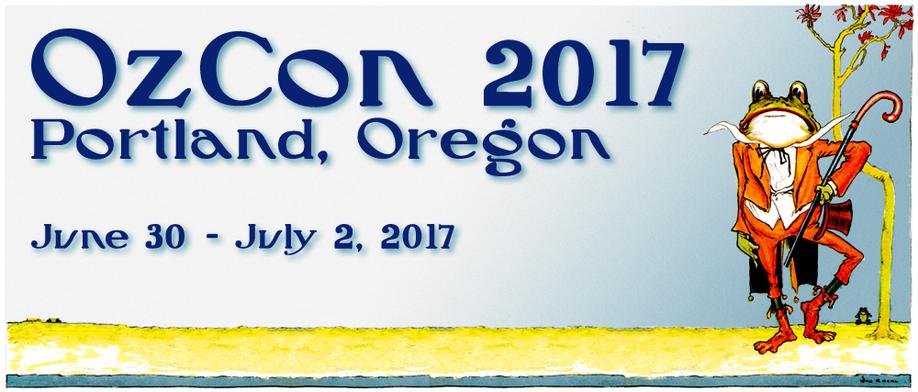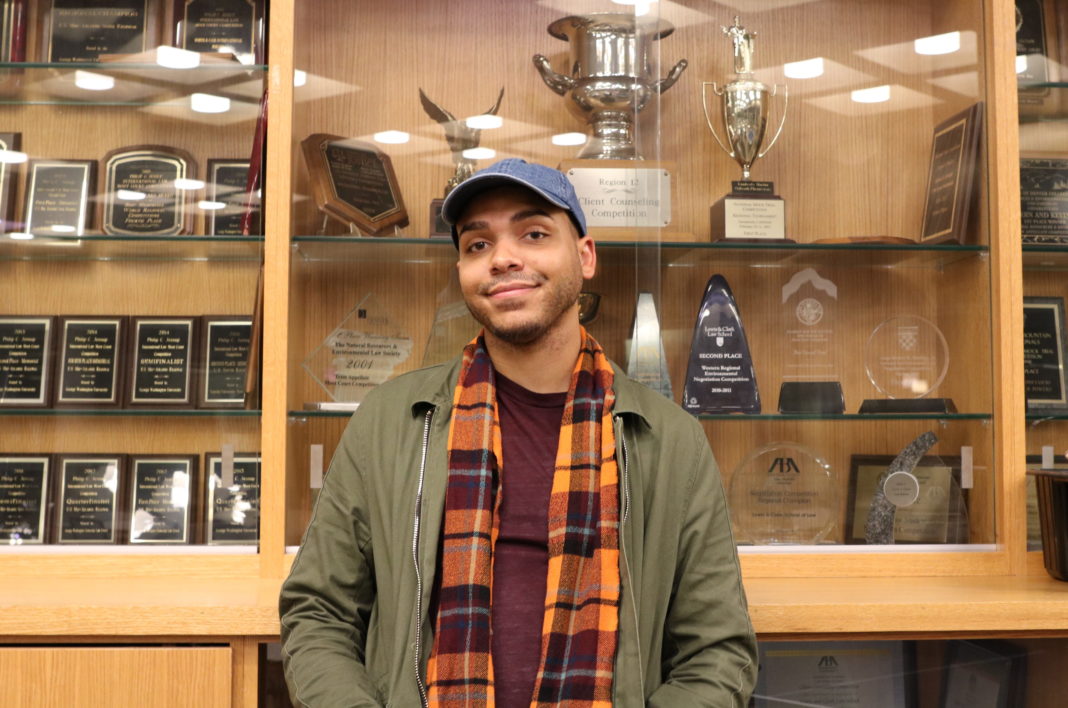The final speaker of the University Studies Dialogue Series came to Portland State from Oregon State University on May 25. Dr. José-Antonio Orosco presented concepts from his recent book Toppling the Melting Pot: Immigration and Multiculturalism in American Pragmatism.
After initial introductions the event organizer, Dr. Oscar Fernandez, quipped about temporarily changing PSU’s strategic plan during Orosco’s presentation. “We should change the strategic plan to ‘Let immigrant stories serve the city,’” Fernandez said. “After the talk we can go back to normal and ‘Let knowledge serve the city.’”
Fernandez then brought up Maurice Hamington, a PSU professor of philosophy and the executive director of University Studies. Hamington provided some background about the presenter, “a real mover and shaker among philosophers in Oregon,” referring to Orosco.
Dr. Orosco
Hamington cited Orosco’s book, Cesar Chavez and the Common Sense of Nonviolence, as the catalyst for placing Orosco on the map. In addition to being an author, Orosco is the director of OSU’s Peace Studies program and an associate professor for OSU’s philosophy department.
“What I’m trying to do is recover some of the viewpoints from American pragmatist philosophers from the early part of the twentieth century who were trying to make sense of enormous waves of immigrants to the United States at the beginning of the twentieth century and how that would change and impact the practice of American democracy,” Orosco said while explaining his book’s conceptual background and general lecture premise.
Orosco then read from his book’s conclusion which referenced two distinct occurrences that encompassed the phenomena of modern day assimilation and acceptable language in the United States.
The first event discussed involved the backlash reported over a Spanish version of the “Star-Spangled Banner.” The producer of the controversial song hoped to provide an opportunity for those who are still learning English to be able to participate in a show of American patriotism.
“’We wouldn’t recite the pledge in French, or German, or Russian, or Hindi or even Chinese,’” Orosco read, citing the words of the Republican U.S. Senator Lamar Alexander of Tennessee in 2006. “‘And we shouldn’t sing the national anthem in Spanish, or any other foreign language.’”
Congress has historically considered ratifying bills requiring that both “The Pledge of Allegiance” and “The Star-Spangled Banner” be sung or recited in English only in addition to having English established as the national language for the U.S. Such bills were not successful, but Orosco asserts that the controversies surrounding these ideas have continued.
In 2014 during the annual Super Bowl, Coca-Cola aired an advertisement that featured “America the Beautiful,” sung in seven different languages. Once again, some viewers reacted with strong disapproval the hashtag “Speak American” circulated throughout Twitter.
Foundational issues: Nordic theory
According to Orosco, Madison Grant is largely responsible for historical demand for Anglo-Saxon conformity models, which assert that immigrants should assimilate to the ways of white Northwestern Europeans. “He was a big promoter of protecting endangered species across the country,” Orosco said. “One of the endangered species that he believed was in the United States were white people.”
Grant’s book Passing of the Great Race was read throughout the U.S. Congress and had a large influence over the Immigration Act of 1924 that enforced strict quotas on immigrants from non-Nordic population in Eastern and Southern Europe. Orosco described how Adolf Hitler wrote a letter to Grant in which he thanked Grant for his ideas. According to Orosco, Grant was very proud of this letter.
The Melting Pot: the fusion model
The ‘Melting Pot’ model has been the most commonly used way to describe the assimilation process within the U.S. The phrase “Melting Pot” originated in a Broadway play production called The Melting Pot from 1908. The more historically accurate origin of the melting pot model was first introduced within Henry Ford’s English school, which was aimed to assimilate the immigrants of his Ford factories in the U.S. After the “English” students graduated, they would wear their original culture’s traditional attire while walking into the pot and then discard their clothes to reveal an Americanized attire and exit the pot while waiving an American flag to show their completion of assimilation.
Moving forward
To look forward, Orosco looked back to 1920s thinker Louis Adamic. Adamic advocated for not a mere tolerance of others, but an openness to others instead. Adamic did not like the melting pot and advocated for multicultural education in schools and the sharing of immigrant stories and perspectives from all different cultures of people alive and present today.
While this was advocated for a century ago, Orosco noted that multicultural education is still an uphill battle. Another concept involved looking at the “gifts” that different communities bring to U.S. society.
“[W. E. B.] Dubois argues that the gift that African Americans brought was the idea of a moral dimension to U.S. democracy,” Orosco said.
According to Orosco, Dubois argued that the concept of having a say over things that affect you in politics, as opposed to being a white man who owned land, came from the African American community. Orosco pointed to Cesar Chavez as pushing this concept even further.
“Chavez says there are two really important values in American society, this notion of equality and this notion of participation,” Orosco stated. “In particular, this radical notion that if there are decisions that are being made that are affecting your life, the radical democratic tradition in the United States says you ought to have a say in parts of those decisions. And he said so if we unpack that kind of radical tradition implicit in the American political system, his belief is that undocumented immigrants should be allowed to vote within the United States.”
Orosco then pointed to Ecuador, where indigenous groups have successfully pushed for and gotten representation on behalf of nature.
“It’s being opened up in various ways through the pressure of indigenous social movements to include different voices,” Orosco stated. “The voice of mother nature, which is respected as an important sort of spiritual force by indigenous groups.”
In closing, Orosco summed up his view of American pragmatism and advocated moving beyond tolerance.
“I think that part of what the American pragmatists were trying to do is to try to think about how this kind of spirit—reinterpreting our democratic morals and values and ideas from the standpoint of people other than the original Anglo-Saxon settlers—might create a more vibrant and rich multi-cultural society, one in which we simply don’t just live side by side with one another and tolerate one another.”






